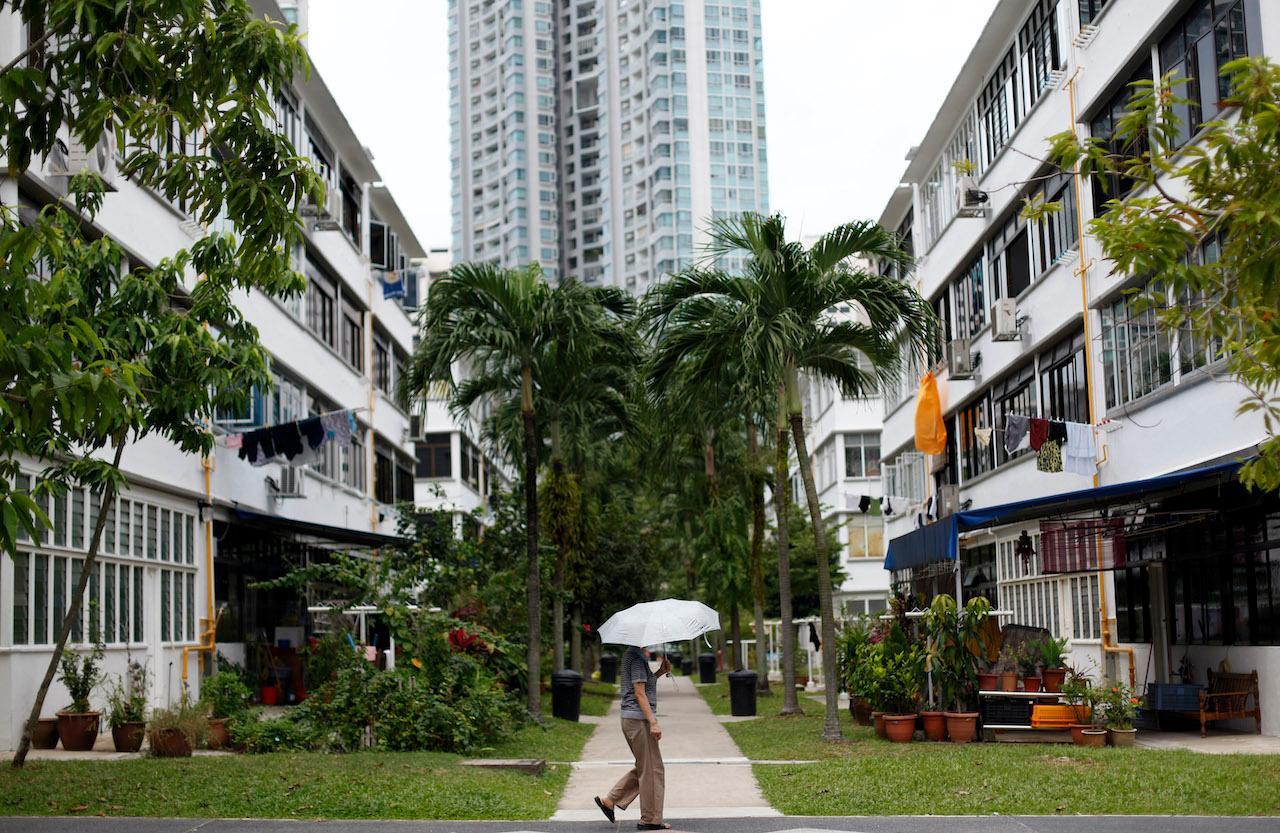Singapore racial housing quotas maxed out in many areas causing resale problems
Left entirely to social and market forces, ethnic concentrations will start forming in different areas again, the national development minister says.
Singapore’s policy of forcing different ethnic groups to live in mixed housing blocks is running into difficulties because nearly one in three Housing Board blocks and 14% of neighbourhoods today have reached ethnic quota limits, reports the Straits Times.
National Development Minister Desmond Lee said this underscores the importance of having the Ethnic Integration Policy (EIP) in place to ensure social mixing.
Up to 80% of Singapore’s population live in HDB flats. Most are sold on a 99-year lease and the remainder rented to the homeless or those unable to afford to purchase the cheapest forms of public housing despite financial support.
Singapore maintains a quota system of ethnicities through the EIP by ensuring that each block of units is sold to families from different ethnicities roughly comparable to the national average.
The maxing out of racial quotas for flat ownership happens across all ethnic groups and in both mature and non-mature estates, Lee told the House on Monday.
“So just imagine how much more different ethnic groups would concentrate in different neighbourhoods if we did away with the EIP, and how much harder it would then become to promote mixing and understanding across ethnic groups in the home environment,” he said.
Introduced in 1989, the EIP sets racial quotas on flat ownership within each HDB block and neighbourhood. The policy serves an important function to ensure areas remain inclusive and diverse, as people get to interact with neighbours of different races almost every day along corridors, void decks, playgrounds and markets.
Lee noted that some might argue that living next door to someone from a different race or religion does not mean people will learn to tolerate or understand differences while others contend that social integration can be achieved in schools, at work or during national service.
Lee said the EIP remains crucial because so much of people’s lives revolve around homes and neighbourhoods, especially in the pandemic.
“If we don’t live with one another, it makes it much harder to empathise with other communities and understand the challenges they face, and much easier to stereotype or assume the worst of those who are different from us. That is a recipe for mutual mistrust and intolerance.”
Left entirely to social and market forces, ethnic concentrations will start forming in different areas again, he said.
This could be due to instinctive preferences to live near others from the same ethnic community, or wanting to live near family members or specific amenities in some neighbourhoods, he said.
“Individually, these are completely understandable and reasonable preferences. But collectively, if we are not careful, these tendencies could inadvertently lead to segregation among the races,” he said.
Children, for instance, could grow up in neighbourhoods where they hardly see children of other races in their classrooms, as most children go to pre-schools and primary schools near their homes.
When Singapore was still under the British rule, the Raffles Town Plan had designated separate geographical zones for each ethnic group, which meant different races had little interaction.
In deciding to build a cohesive, multiracial society, the country’s founding leaders did not blindly paper over differences between ethnic groups or take a “melting pot” approach by having different races blend or conform artificially to one uniform culture, he noted.
But ethnic concentrations started to emerge in particular areas after resale transactions were allowed in 1971, so the EIP was introduced in 1989 for both new and resale flats to ensure estates remain diverse.
Lee pointed to how racial segregation is common in many major European and American cities, with wealthier ethnicities congregating in expensive, gentrified neighbourhoods.
Learning from these lessons, he said Singapore cannot leave social mixing to chance.
“It is better to intervene to pre-empt the problem and to foster mutual understanding and encourage integration from the start,” he said.
“If we wait until after racial tensions have developed and become entrenched, it will become so much harder to heal those fractures and rebuild trust among different communities.”
The issue also drew comments from opposition leader Pritam Singh, according to CNA, who said that his Workers’ Party aims to remove the EIP, but not before Singapore reaches a state of being “race neutral”.
Subscribe to our newsletter
To be updated with all the latest news and analyses daily.
